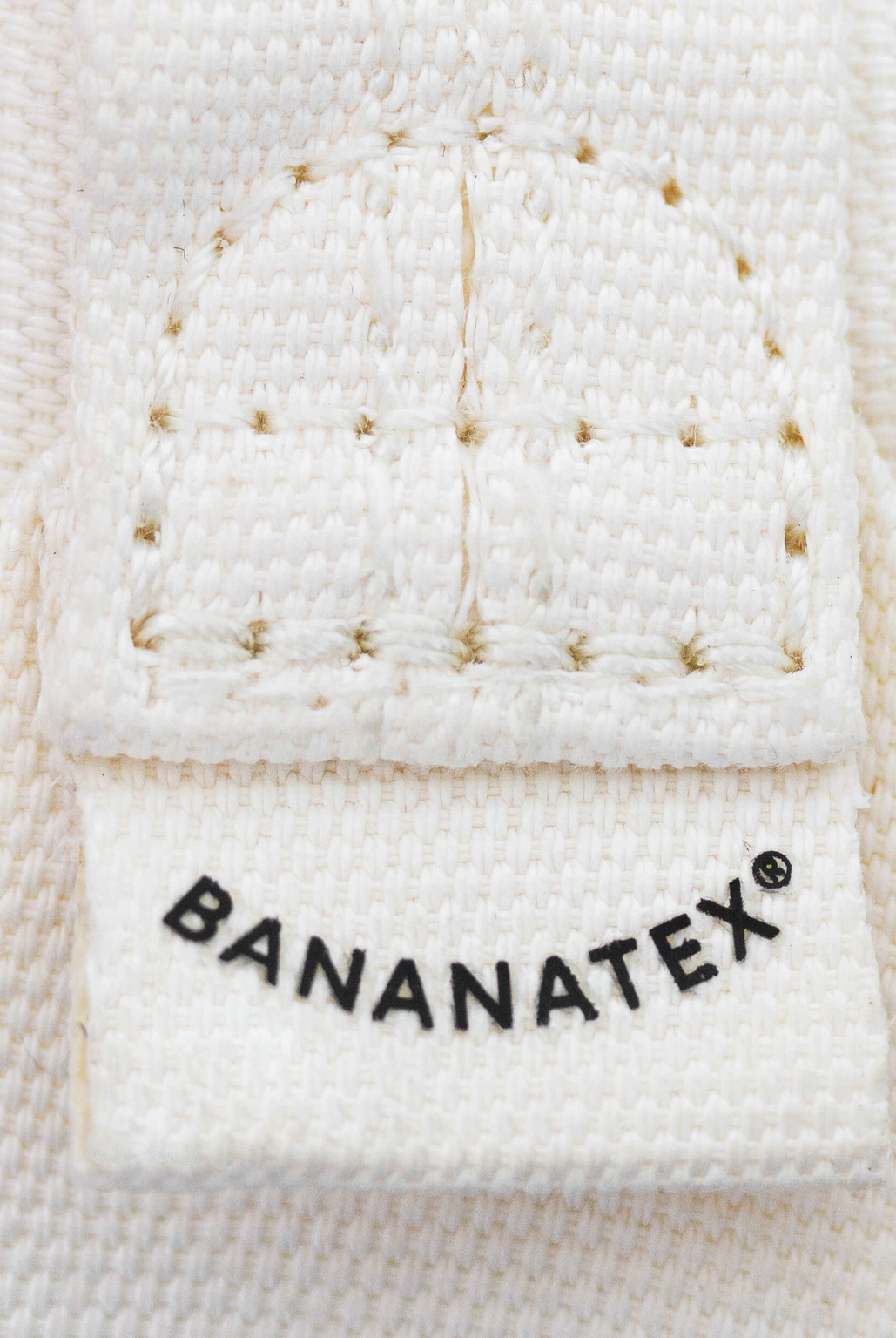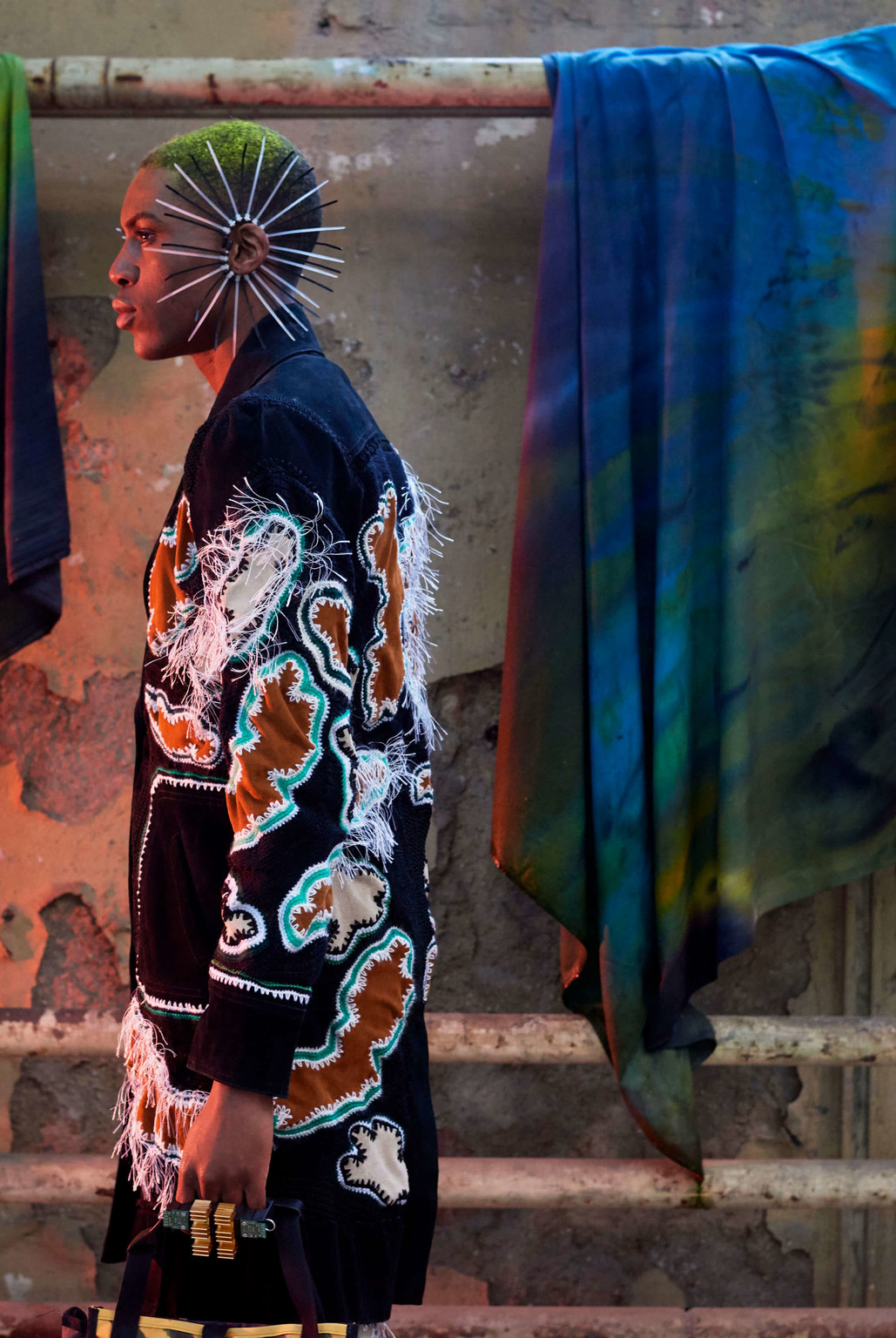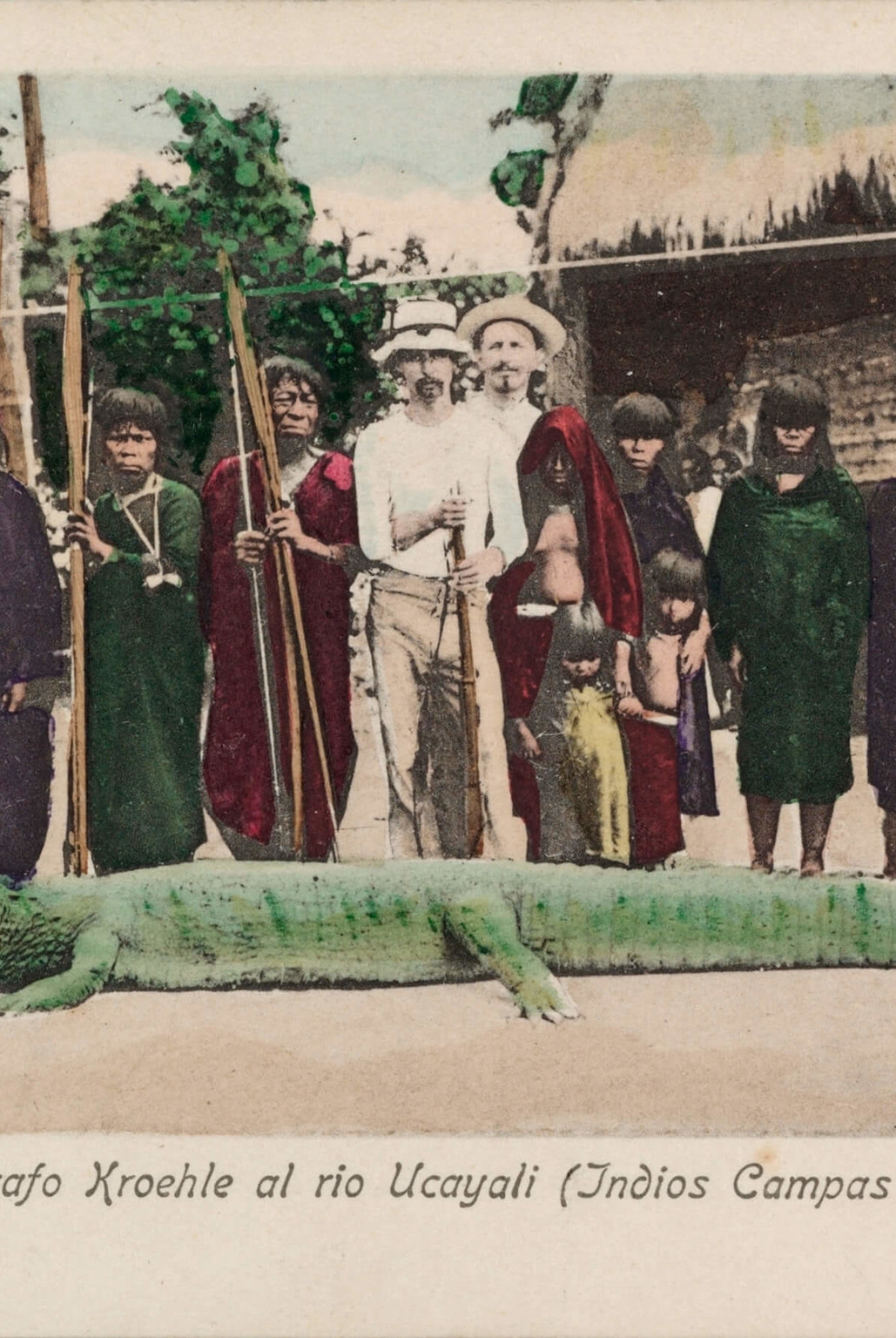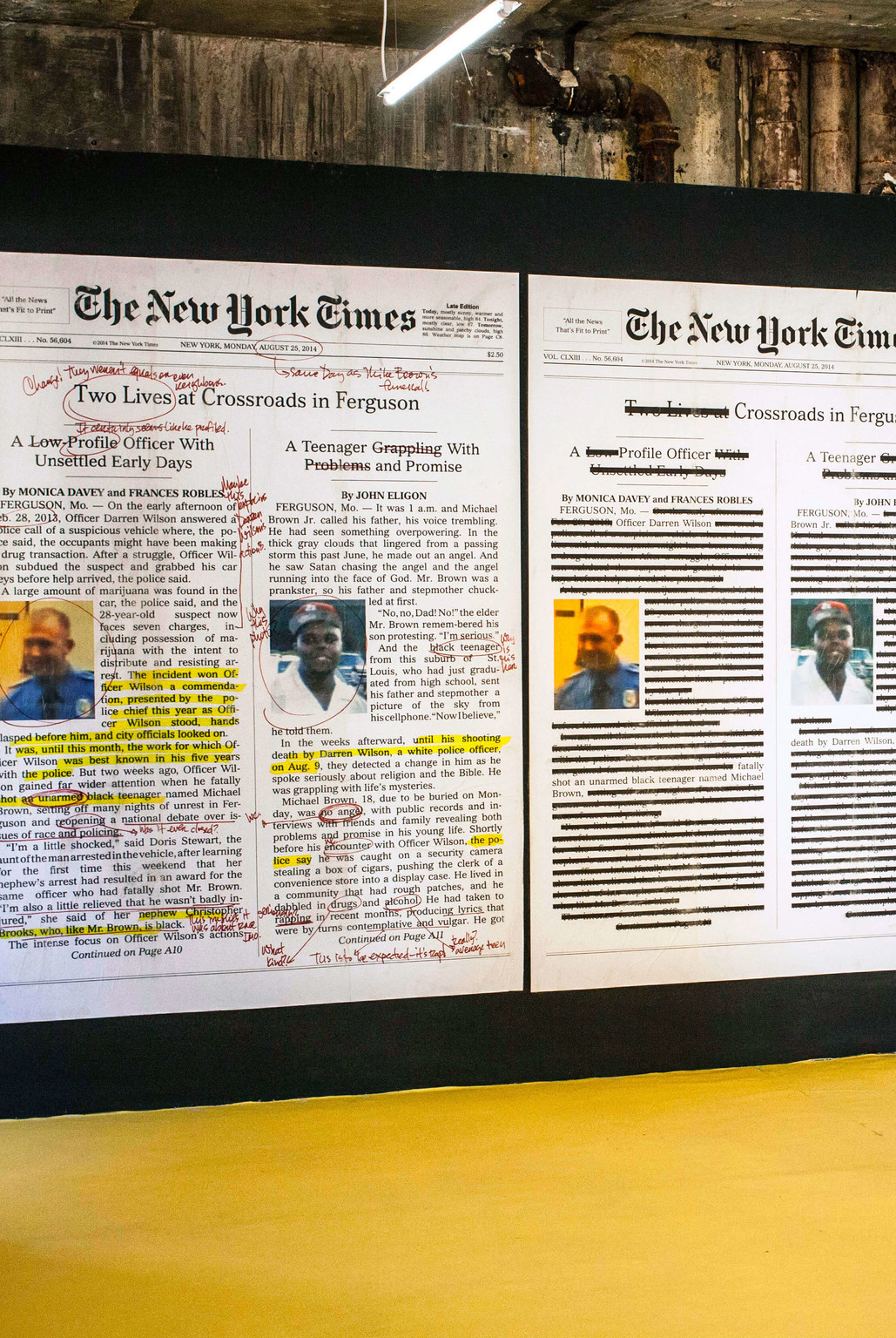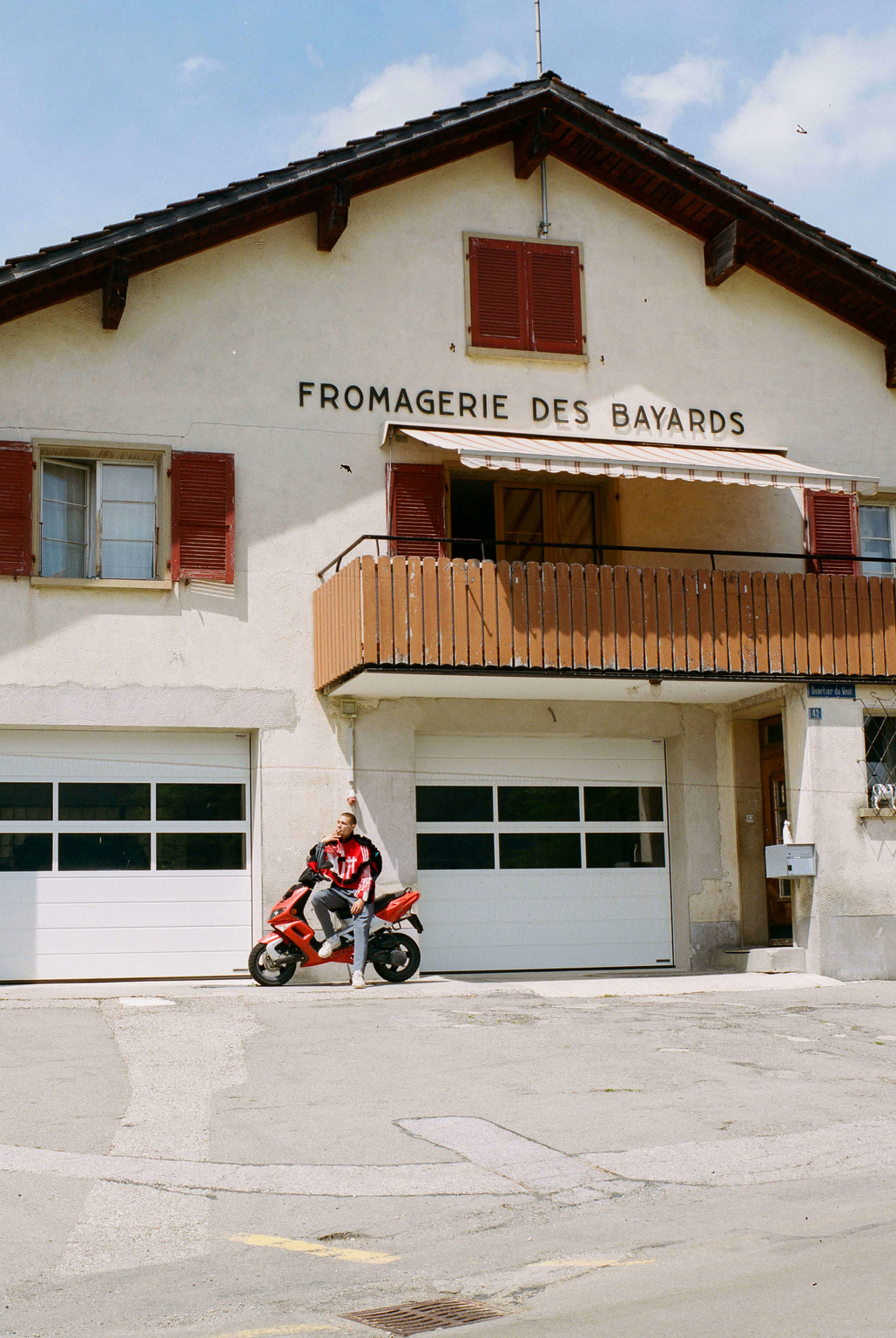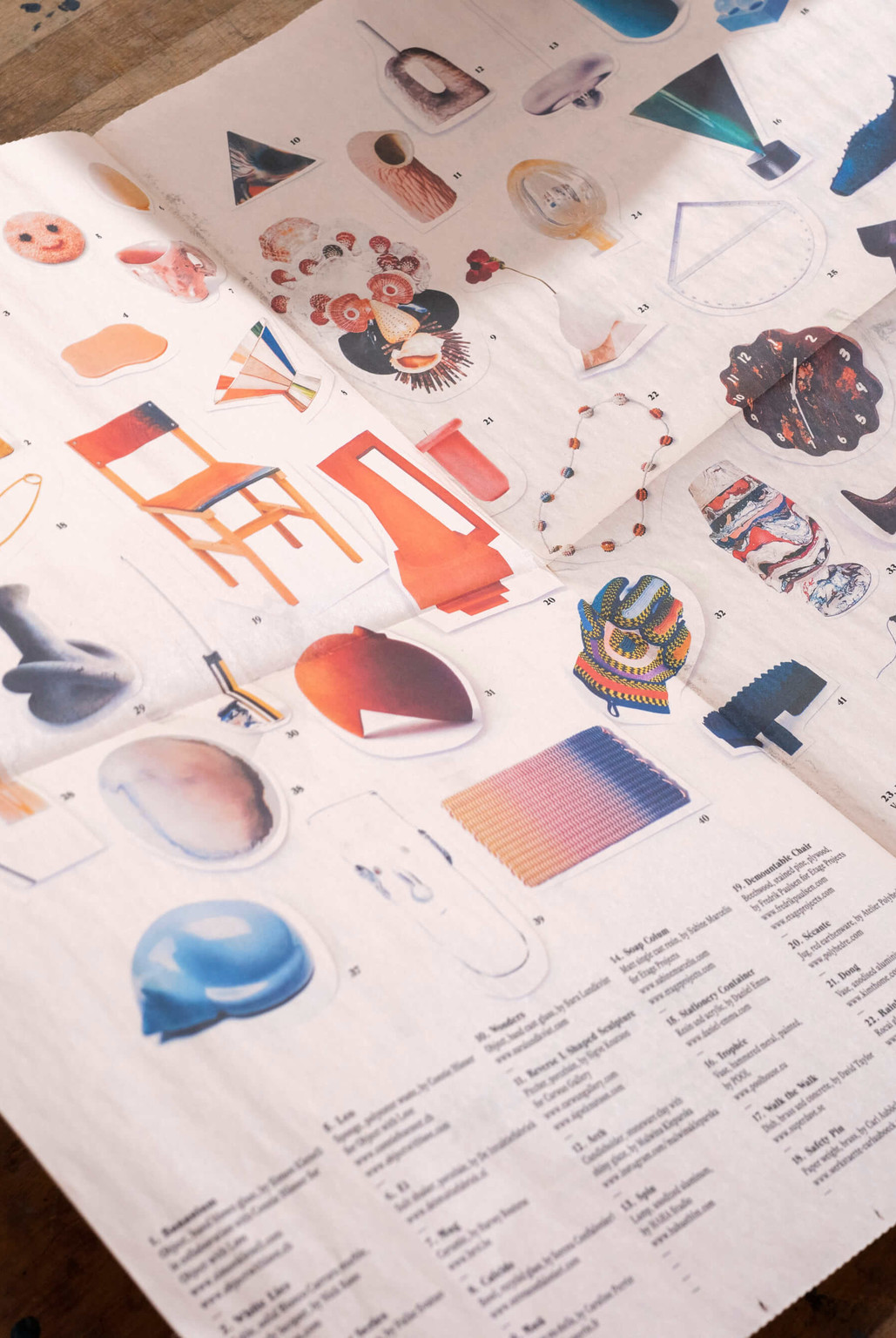Text by VERA SACCHETTI
Photography by PHILIPPE JARRIGEON
Art Direction by EMMANUEL CRIVELLI
Design is Dead! Long live Design!

Design is Dead!
Long live Design!
The 2019 Swiss Design Awards (SDA) display a snapshot of contemporary design concerns and directions, both within Swiss territory and undertaken by Swiss practitioners at a global scale. This year the SDA analyses and disseminates the work of the nominees by focusing on the broader themes that they bring into play, and placing the discussion around their work in a wider context. Various authors will contribute to this platform, analyzing the themes at play in the nominees’ work, while each individual project is presented by answering five practical questions: who, what, where, when and why? These inquiries will continue as well in the SDA exhibition and the public program associated with it.

Nominees come from all over Switzerland, and often work in collaborations or duos, launching themselves in independent ventures and demonstrating a savvy business approach. They are unafraid to tread uncharted territory, and progressively find novel ways to bridge the gap between analogue and digital. Their work is multilayered and unafraid of complexity, and demonstrates depth and self-reflection. Together, this year’s SDA nominees are ambassadors of a Swiss design scene that is both independent and courageous — materializing and expanding in various different directions, nested within the loose categories of Graphic, Product, Fashion, Photography, Scenography and Mediation.
Below is a short overview of the prevalent themes this year; the essays will be published in the next few weeks, until the opening of the exhibition.
The work of SDA’19 nominees pushes boundaries towards a discipline that becomes more inclusive, more conscious, and more self-determined.
As a fundamental act of the design process, collaboration establishes the ways in which projects are formed, gain shape, are developed and even presented. From teamwork at the studio to partnerships with partners and clients, collaboration leaves an indelible trace on each project, and showcases the multilayered results of work developed together with others. In the work of SDA nominees, collaboration appears in many shapes and sizes: From projects developed in equal partnership, such as in the case of graphic designers Ard (Guillaume Chuard and Daniel Norregaard), to work enriched by the collaboration with external partners, such as in the case of graphic designers Régis Tosetti and Simon Palmieri ’s ten-year collaboration with fashion designer Christopher Ræburn.
From teamwork at the studio to partnerships with partners and clients, collaboration leaves an indelible trace on each project.
A transversal theme in many of the nominees’ work, geography takes the literal sense of working in various locations around the globe in a decentralized way. It also takes shape by interconnecting imaginaries and identity. In some cases, practitioners must leave their place of origin and/or work, to search for other contexts where they immerse themselves in research and different ways of learning, such as in the work of textile designers Marie Jambers or Estelle Bourdet. In other cases, previous geographies inform the work developed now, such as in the work of fashion designer Bryan Colò. An additional and more complex theme around the idea of geography entangles itself with the idea of a “national” expression and the absorption of local influences, mostly seen in the educational traces in the work of those who studied abroad.
The undercurrent of geography takes shape in complex ways, interconnecting imaginaries and identity.
The varied and complex methods languages of crafts continue to serve as a rich inspiration and learning platform for many of the SDA nominees. Projects are generated either in faraway contexts or closer to home, but consistently bring within a dimensions of profound empathy and understanding for the other, which greatly enriches the outcomes. In some cases, the work with craftsmen is also entangled with forms of social engagement and impact, such as in the case of product designer Julie Richoz and the series of textiles she developed alongside craftspeople in Oaxaca, Mexico. The engaged work of some designers also takes shape within a nearer — Swiss — context, with projects such as Iskander Guetta’s anti-nuclear bunker reimagining. Others survey and raise awareness about stories that are not often told, such as the work of photographer Solène Gün, who documents the stigmatized communities of young Turks in the Parisian banlieues.
Projects consistently bring within a dimensions of profound empathy and understanding for the other, which greatly enriches the outcomes.

In the wake of the #MeToo movement and following pushes for a more inclusive understanding of society at large, it is unsurprising to verify that Gender is also a strong undercurrent present in the work of SDA nominees. On the one hand, issues of clothing and gender reappear within the Fashion category, taking turns and materializing for example in the androgynous work of Eliane Heutschi. On the other, the issue of gender also takes shape in the activist work and advocacy taken up by the Depatriarchise Design group (Maya Ober and Anja Neidhardt), and in the refined and multilayered project for the Department of Non-Binaries at last year’s Fikra Graphic Design Biennial in Sharjah, curated by common-interest (Nina Paim and Corinne Gisel).
In the wake of the #MeToo movement, the theme of Gender makes a strong appearance in this year’s projects.
The mindset of many of the SDA nominees is self-determined and independent, which gives way to a variety of projects that have an entrepreneurial mentality at their core. The way in which this mentality comes to life varies greatly, with outcomes appearing particularly strongly in Fashion and Product. In the latter, studio Qwestion (Christian Paul Kägi) uses a natural resource that is not recognized for its value — banana fiber — to create a new kind of circular economy in the Philippines, where this fiber becomes the main, robust component in a self-developed series of bags and backpacks. Similarly, fashion designer Julia Seeman develops an independent collection around archetypes of the early 1990s, showing variations on musical, rave and psychedelic tropes of that time. At the other end of the spectrum, renown designer Rafael Kouto brings his sustainable vision of fashion to the SDA, showcasing his upcycling and customization of discarded garments in sophisticated ensembles.
The mindset of many of the SDA nominees is self-determined and independent, which gives way to a variety of projects that have an entrepreneurial mentality at their core.
Many of the nominees’ projects work towards addressing a specific issue, while at the same time proposing speculative visions of a future that is not yet defined. This ‘speculative realism’ is both an act of storytelling and an act of radical envisioning, where an object, an instrument or an interface acts as a device that transforms our relationship with reality. Such is the case with the work of Yann Gross and Arguiñe Escandón, who travel a thin line between reality and fiction, past and future, with an explorative series of images in their “The Holes of the Tree” multi-part project. In a different side of the spectrum, the evocative illustrations of Alina Günter are uncanny, as they resonate with common realities, to reintroduce them as alien, strange and brand new.
Many of the nominees’ projects work towards addressing a specific issue, while proposing speculative visions of a yet-undefined future.
Together, the work of this year’s SDA nominees showcase a wide variety of paths for contemporary design, away from silos and predetermined boundaries. The many facets of their work help push the boundaries of design, towards a discipline that becomes more inclusive, more conscious, and more self-determined. We look forward to showcasing their projects and visions their propose, as well as sharing the nominees’ stories in this platform over the course of the next few months. Design is Dead. Long Live Design!














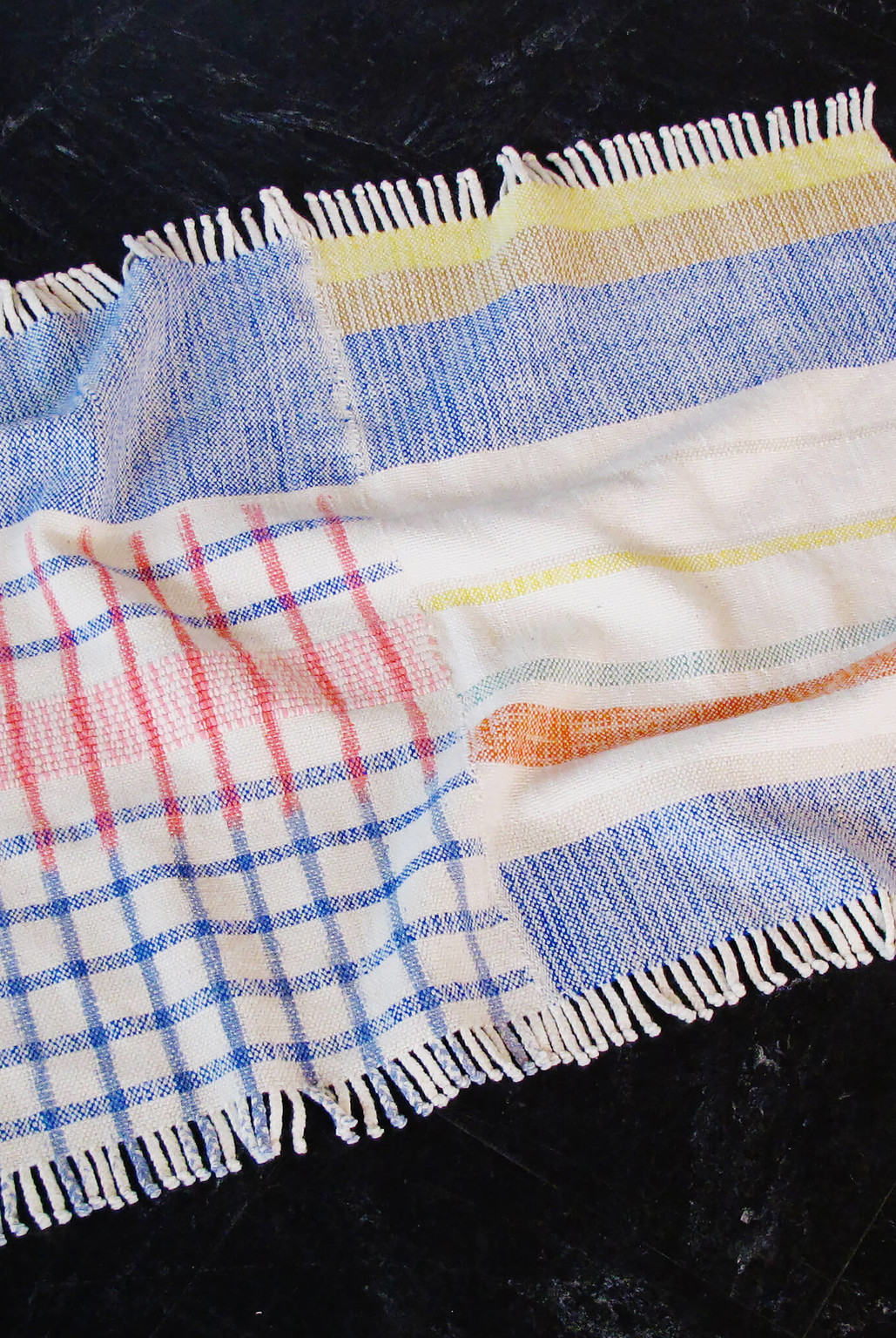


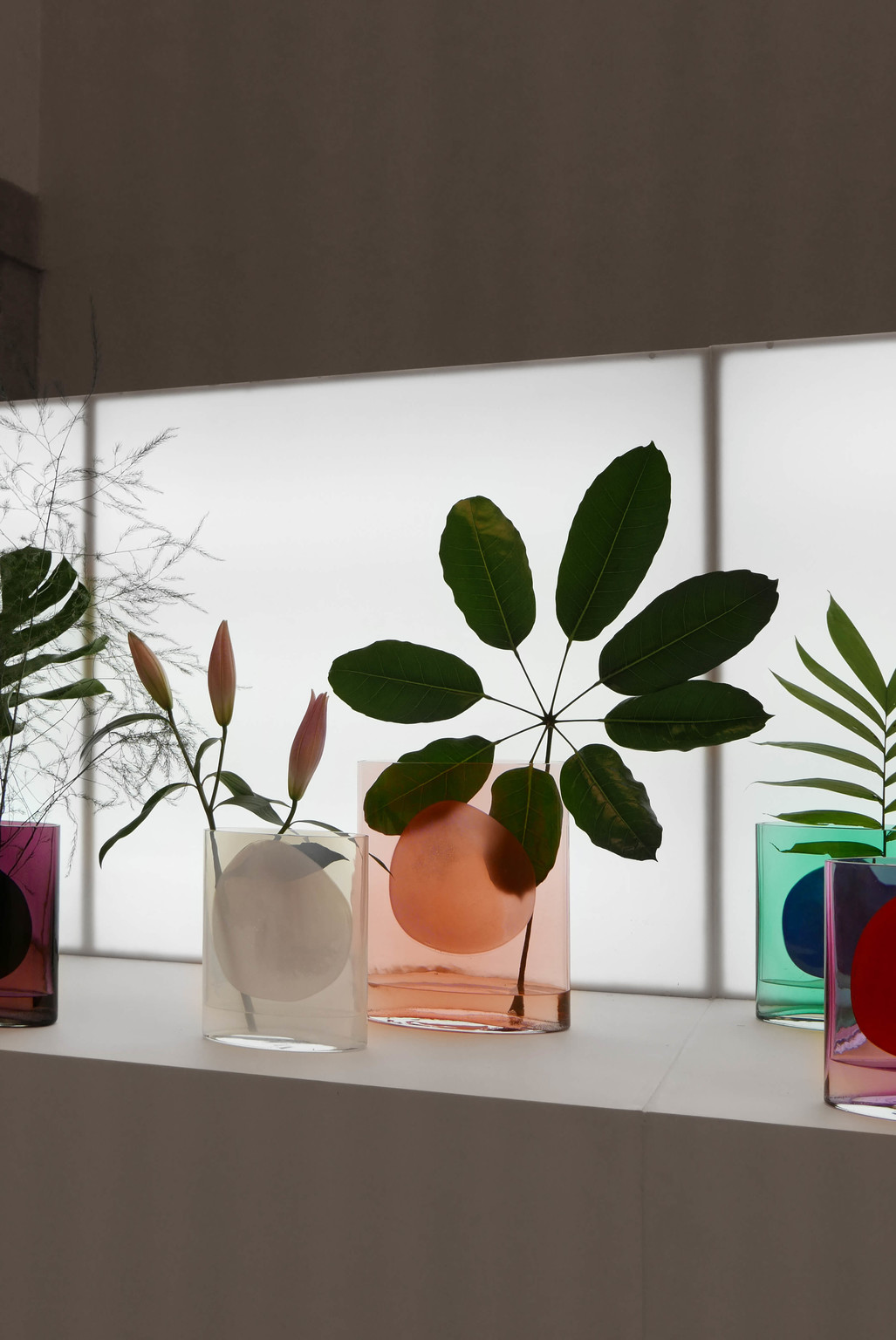


![[ savoar fer ] - © photo: Mirjam Kluka, Swiss Design Awards Blog](https://2019.swissdesignawardsblog.ch/media/pages/who/fashion-textile-design/savoar-fer/4144041982-1609927451/heutschi-eliane-mode-und-texildesign-mirjam-kluka4-1024x1536-crop-45-68-q90.jpg)


